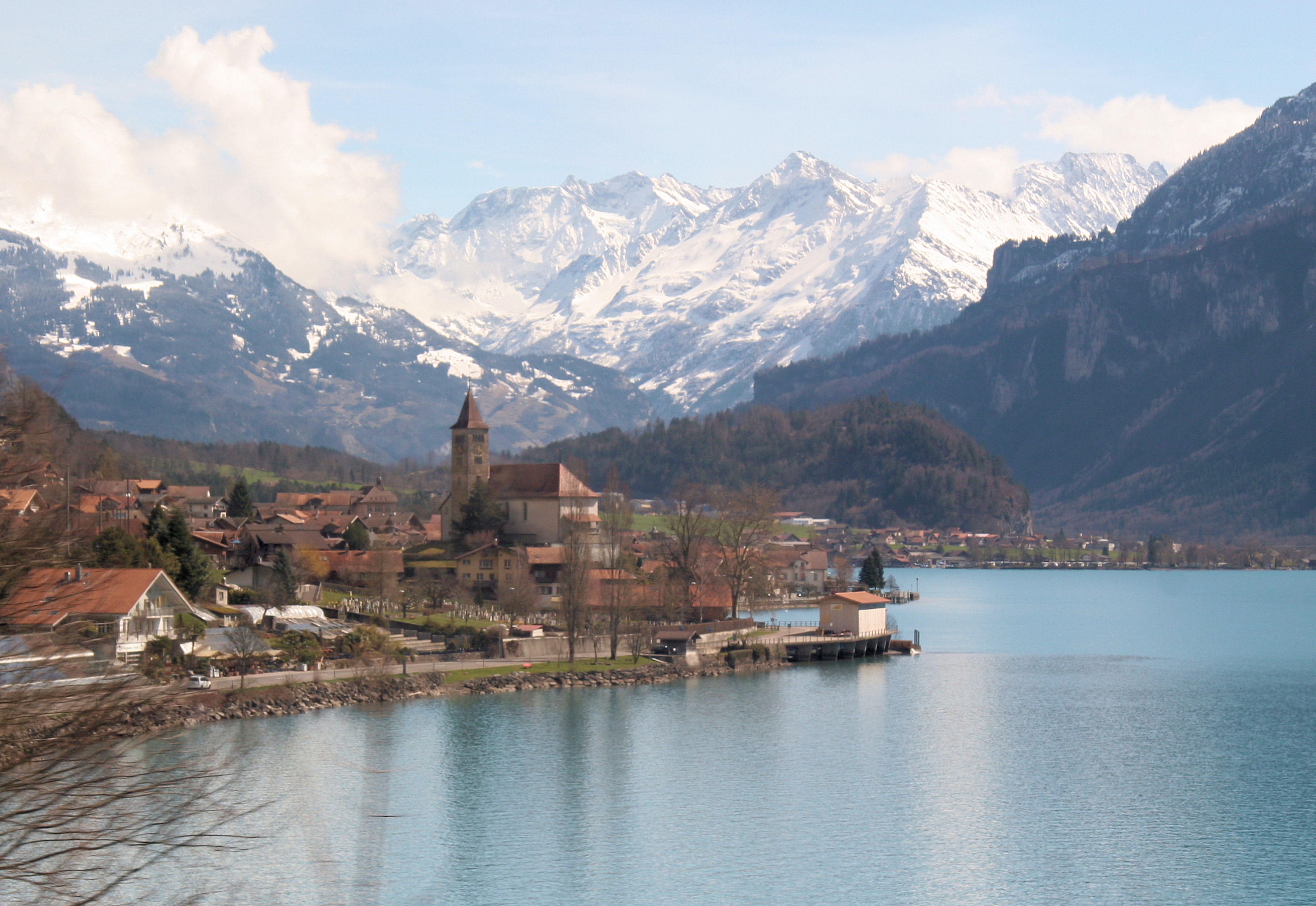
My landscape photography can be described as of the William Wordsworth school. I can still remember the impact of reading for the first time that strangely neglected work “Composed upon Westminster Bridge with camera” and absorbing the crucial fundamentals of landscape photography.
In this masterclass of photographic expertise, Wordsworth sets out some of the basics of composition,
“Ships, towers, domes, theatres and temples lie
Open unto the fields, and to the sky;”
He strongly disapproves of trying to change a particular view, perhaps by changing the foreground or removing some distracting detail:
“Our meddling intellect
Misshapes the beauteous form of things.”
He has useful advice as to the correct proportions of an image:
“I have measured it from side to side:
‘Tis three feet long and two feet wide.”
He emphasises that the successful image depends, to a great extent, on the lighting conditions and recommends that the subject should be,
“All bright and glittering in the smokeless air.”
Of course the time of day when these excellent lighting conditions are most likely to occur, as Wordsworth points out, are in the early morning:
“What soul was his, when from the naked top
Of some bold headland, he beheld the sun
Rise up, and bathe the world in light!”
…or in the evening:
“It is a beauteous evening calm and free,
The holy time is quiet as a nun,
Breathless with adoration.”
No one who has read Wordsworth’s seminal photographic texts with understanding will ever make the mistake of underexposing or creating a dull flat image:
“The very shadows of the clouds
Have power to shake me as they pass.”
It is because of this influence that “my heart leaps up when I behold a rainbow in the sky” and I have continued the search for the perfect image. Perhaps one day…
Or as Wordsworth would describe such an image:
“Earth has not anything to show more fair;”